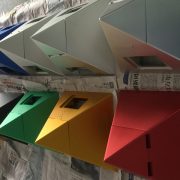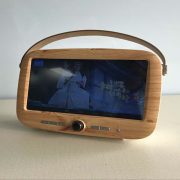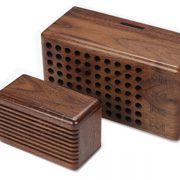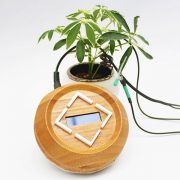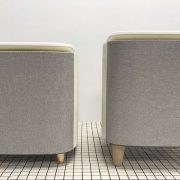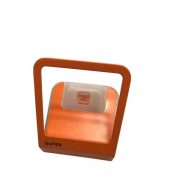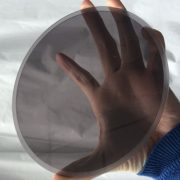CNC machining technology for prototype
CNC machining technology for prototype
In the layout procedure of R&D products, after they have finished the design illustrations, among the important things they intend to do most is to recognize what the items they develop are like in truth, as well as whether the appearance of the products follows their very own layout ideas., Is the structure design of the item practical, and so on? Prototype production is generated in response to this need.
Classification of prototypes:
Prototypes can be separated into guidebook and numerical control prototypes according to the manufacturing techniques:
Hands-on prototype: The primary workload is done by hand.
CNC model: The primary workload is completed by CNC equipment tools, and relying on the tools made use of, it can be divided into laser rapid prototyping (RP, Fast Prototyping) models and machining center (CNC) prototypes
A: RP prototype: generally produced by laser quick prototyping innovation.
B: CNC prototype: mostly generated by machining facility.
RP models have their own advantages compared to CNC models: the advantages of RP models are mainly in its rapidity, however it is mainly developed by piling technology, so RP prototypes are normally reasonably harsh, as well as there are certain requirements for the wall thickness of the item, for example, If the wall surface density is as well slim, it can not be created.
The benefit of CNC model is that it can properly show the information revealed in the illustrations, and also the surface top quality of CNC prototype is high, especially after the surface splashing and silk printing are completed, it is much more extravagant than the item generated after the mold and mildew is opened. For that reason, CNC prototype manufacturing has significantly end up being the mainstream of prototype production.
According to the products used in production, models can be divided into plastic and metal prototypes:
( 1) Plastic prototypes: The raw products are plastic, mainly for models of plastic products, such as televisions, screens, telephones, and so forth.
( 2) Steel prototypes: The raw products are aluminum-magnesium alloys as well as various other metal products, mostly for premium products, such as laptop, high-end single players, MP3 players, CD players, and so forth.
The necessity of model production
( 1 )Style inspection
The prototype is not only noticeable, but also touchable. It can straight show the designer’s creativity in the form of physical things, avoiding the negative aspect of “attracting to look great however not to make it look great”. Therefore, prototype manufacturing is essential in the process of new item development and item shape scrutiny.
( 2 )Examine the architectural design
Due to the fact that the model is assemble, it can intuitively reflect the reasonableness of the structure and also the simplicity of installment. It is convenient to find and solve issues early.
( 3 )Avoid the risk of directly make molds
Due to the fact that the cost of mold and mildew manufacturing is generally very high, fairly large molds are worth numerous thousands or perhaps millions. If unreasonable framework or other troubles are located in the process of opening the mold, the loss can be imagined. Model manufacturing can prevent this loss and decrease the threat of mold and mildew opening.
The surface area of prototype:1, electroplate.2, anodized.3, painting.4, polish.5, lase.etc.
If you have a new item that require to make a model to develop examination and inspect the architectural design.Please do not hesitate to call us.As a prototype manufacturing facility for 20 years.We can make any type of item.


